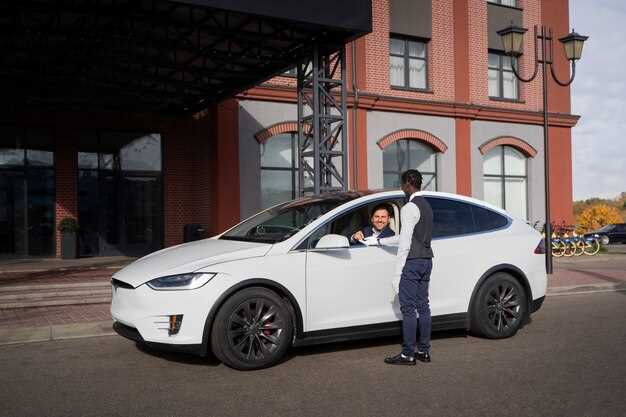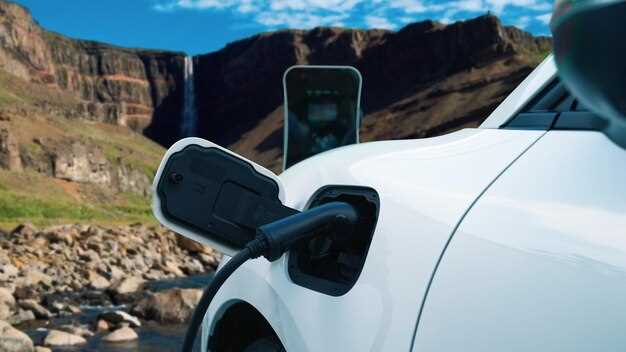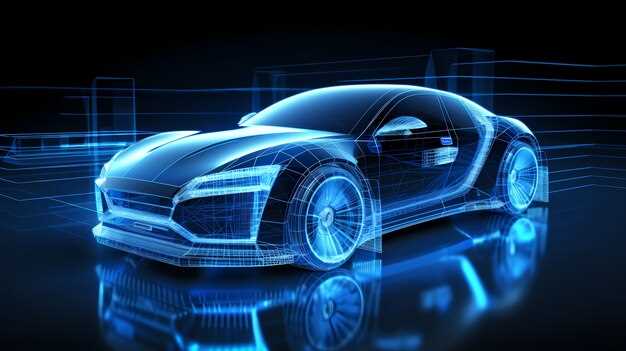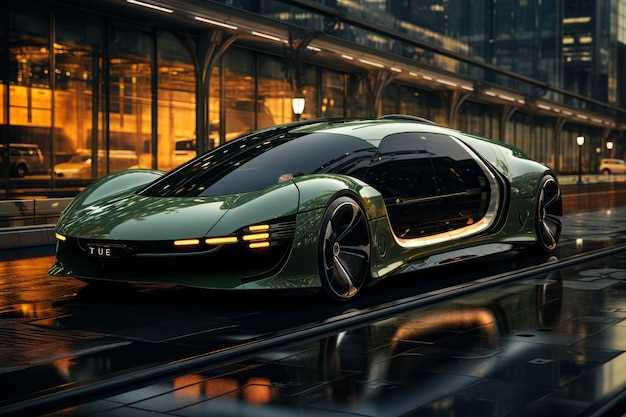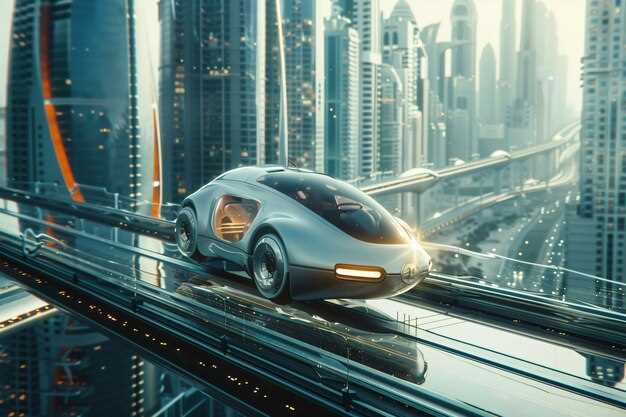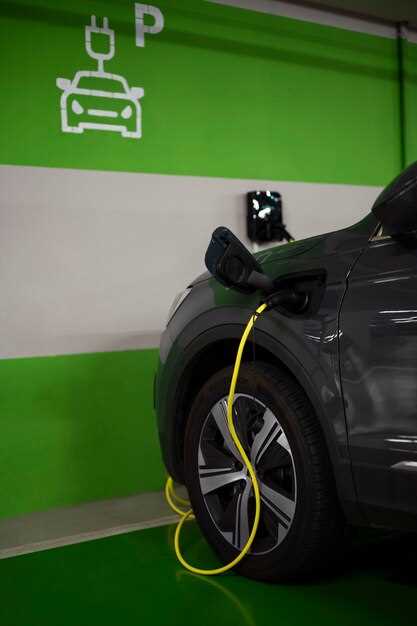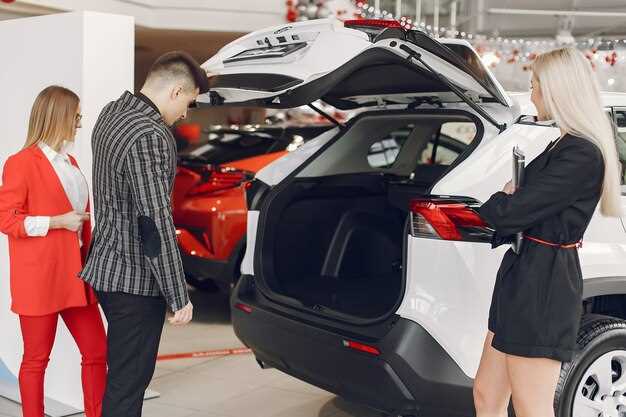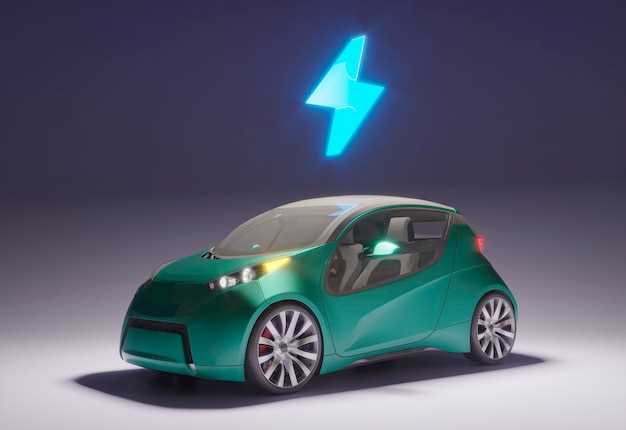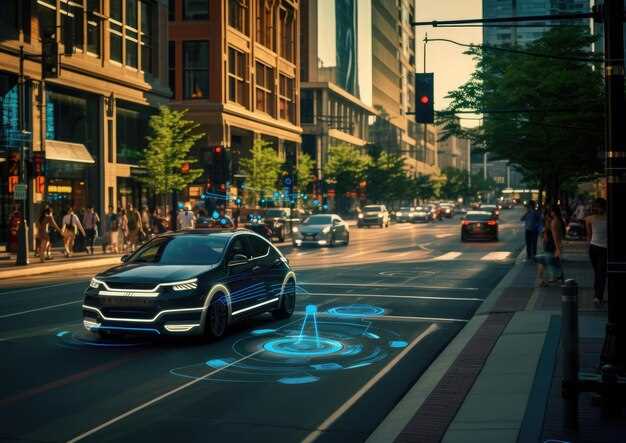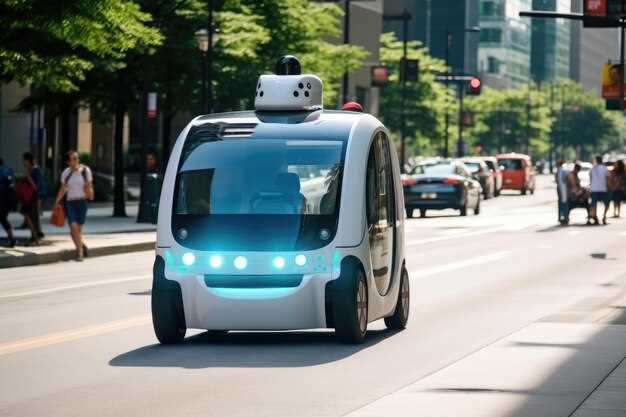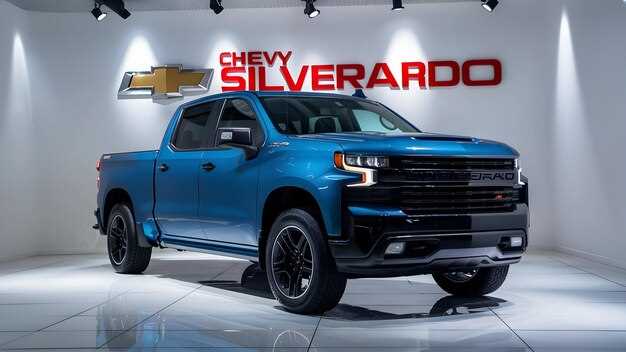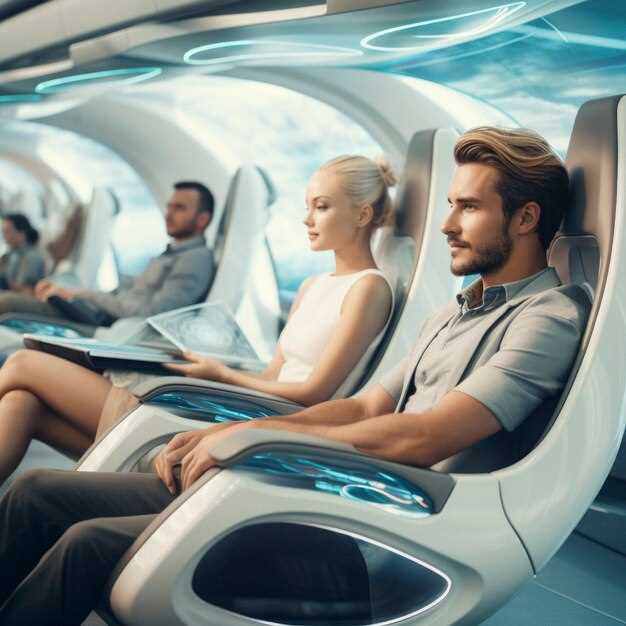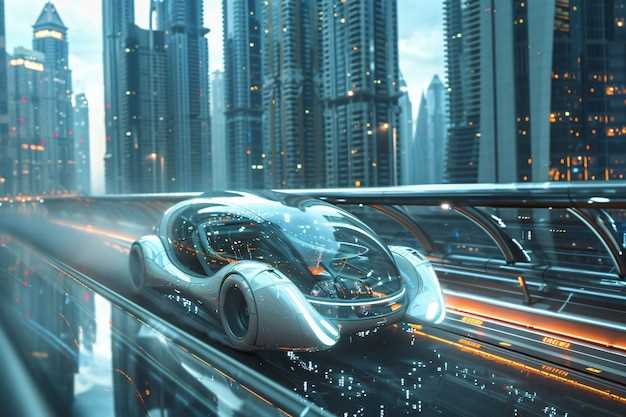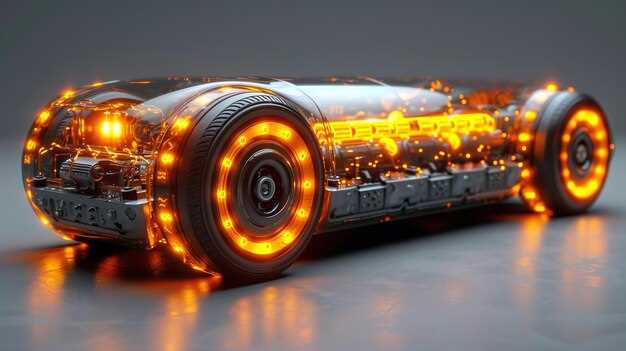
The Pebble Beach Concours d’Elegance stands as one of the most prestigious automotive events in the world, attracting car enthusiasts and collectors from far and wide. This annual gathering, held on the picturesque Pebble Beach coastline, is a celebration of classic cars, showcasing an impressive array of vintage vehicles that embody the artistry and engineering prowess of their time. The event not only highlights the beauty of these machines but also serves as a platform for enthusiasts to share their passion for automotive history.
Each year, the Concours d’Elegance features meticulously restored classic cars, some of which have won numerous accolades and others that tell unique stories of their origins. Attendees are treated to a stunning display of design and innovation, as vehicles from various eras compete for the coveted Best in Show award. From pre-war masterpieces to post-war classics, the diversity of cars on display showcases the evolution of automotive design and technology.
In addition to the breathtaking vehicles, the Pebble Beach event offers a rich experience filled with camaraderie among like-minded individuals. Conversations about restoration techniques, design philosophies, and the future of classic cars abound, making it a true haven for auto aficionados. As the sun sets over the iconic coastline, the Pebble Beach Concours d’Elegance not only celebrates the past but also ignites a passion for the future of classic automobiles.
Pebble Beach Concours d’Elegance Classic Cars Highlights
The Pebble Beach Concours d’Elegance is renowned for showcasing some of the most exquisite classic cars in the world. Set against the stunning backdrop of Pebble Beach, this prestigious event gathers automotive enthusiasts, collectors, and admirers from around the globe.
One of the key highlights of the event includes:
- Classic Car Categories: Cars are divided into various categories, allowing diverse vehicles to be recognized, from pre-war classics to modern masterpieces.
- Rare Models: The event often features extremely rare and unique models, many of which aren’t seen elsewhere.
- Awards and Recognition: The coveted Best of Show award is presented to the finest vehicle, selected by a panel of expert judges.
- Celebrity Appearances: Renowned figures from the automotive industry and pop culture frequently attend, adding allure to the showcase.
One of the most exciting aspects of the Pebble Beach Concours d’Elegance is the opportunity for attendees to witness:
- The evolution of design through the decades, showcasing how classic cars have influenced modern automotive engineering.
- Innovative restorations that bring timeless vehicles back to their original glory, preserving history for future generations.
- Unique features such as engine displays, allowing enthusiasts to appreciate the craftsmanship that goes into classic vehicles.
The combination of breathtaking coastal views and extraordinary automobiles creates an unmatched atmosphere, making the Pebble Beach Concours d’Elegance a must-visit event for any classic car lover.
Exploring Iconic Vintage Models on Display at Pebble Beach
The Pebble Beach Concours d’Elegance is renowned for showcasing some of the most exquisite classic cars in automotive history. Each year, this prestigious event attracts enthusiasts and collectors, eager to admire the artistry and craftsmanship behind iconic vintage models. The stunning backdrop of Pebble Beach adds to the allure, providing a picturesque setting for these remarkable vehicles.
Among the highlights of the show are legendary brands such as Ferrari, Bugatti, and Rolls-Royce, each representing the pinnacle of luxury and performance from their respective eras. These cars are not just modes of transportation; they are rolling pieces of art, with intricate designs that have stood the test of time. Every curve and detail tells a story, reflecting the innovation and dreams of their creators.
This year, the lineup features unique rarities, including pre-war classics that reveal the elegance of automotive design in the early 20th century. Collectors and visitors alike marvel at the craftsmanship, often made with materials and methods now considered obsolete. Such designs highlight the passion and commitment of manufacturers to create vehicles that transcend mere utility.
The concourse is not only a celebration of cars but also a gathering of a community that shares a common appreciation for the beauty and engineering of vintage automobiles. From the gleaming hoods to the finely crafted interiors, every model serves as a reminder of the golden age of motoring. Attendees have the chance to learn about the history and significance of each vehicle, deepening their appreciation for the rich heritage of classic cars.
As the event unfolds, the excitement builds with each unveiling of distinct models that have shaped the automotive landscape. Pebble Beach serves as a fitting venue for this celebration, where nature meets history, and the love for classic cars continues to thrive. It’s a unique experience that leaves enthusiasts inspired and dreaming of the open road.
Understanding the Judging Criteria for Classic Cars at the Concours

The Pebble Beach Concours d’Elegance is renowned for its extraordinary showcase of classic automobiles, attracting enthusiasts and collectors from all over the world. The judging process at this prestigious event is meticulous and multifaceted, ensuring that only the finest vehicles receive recognition.
One of the primary criteria is the historical significance of the car. Judges evaluate how well the vehicle represents its era, including its design, engineering, and cultural impact. A classic car’s story, including its provenance and any notable previous owners, can greatly enhance its appeal.
Another critical aspect is the condition of the vehicle. Judges carefully examine the restoration quality, originality, and authenticity of each car. An ideal entry should showcase a meticulous restoration, with attention to detail that honors the manufacturer’s original specifications. Any discrepancies can affect the overall score significantly.
Exhibitors are also assessed on the presentation of their vehicles. The arrangement and cleanliness of the showcase space, alongside the car itself, play a vital role in the judging process. A well-presented car can captivate judges and elevate its chances of receiving awards.
Lastly, the judging panel considers the craftsmanship of the vehicle. This encompasses the quality of fabrication, the materials used, and the artistry displayed through custom features or unique designs. Exceptional craftsmanship can often be the distinguishing factor in the final decision-making process.
Planning Your Visit: Key Events and Activities at Pebble Beach
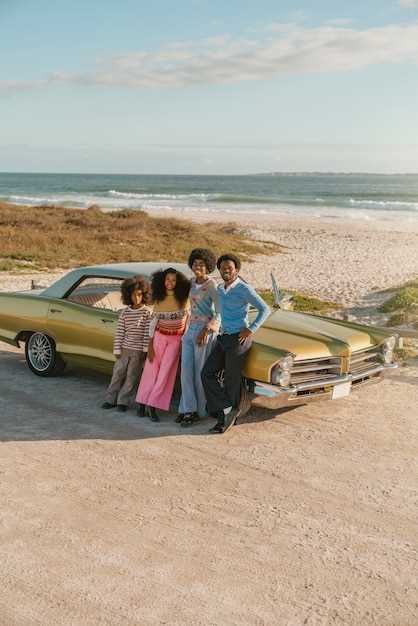
When preparing for your visit to the Pebble Beach Concours d’Elegance, it’s essential to know the key events and activities that will enhance your experience. The event is not just about classic car showcases; it embodies a celebration of automotive artistry against the stunning backdrop of Pebble Beach.
Concours d’Elegance is the centerpiece of the event, featuring an impressive array of vintage automobiles meticulously restored to their former glory. Attendees can admire these vehicles on the 18th fairway, providing a unique opportunity to see rare cars up close.
In addition to the main showcase, auctions in the lead-up to the event present a thrilling chance for enthusiasts to bid on classic cars. Renowned auction houses participate, offering a diverse selection of vehicles that cater to different tastes and budgets.
Seminars and Discussions offer insightful looks into various aspects of automotive history, design, and technology. These sessions often feature industry experts and renowned collectors, providing guests with valuable knowledge and engaging conversations.
Don’t miss the art exhibitions and live entertainment scattered throughout the event. Local artists showcase automotive-themed art, while performances add a lively atmosphere, ensuring there is something for everyone at Pebble Beach.
Make sure to plan your visit well in advance, as accommodations and tickets can sell out quickly. With the remarkable combination of classic cars and breathtaking coastal views, your experience at the Pebble Beach Concours d’Elegance will surely leave a lasting impression.



